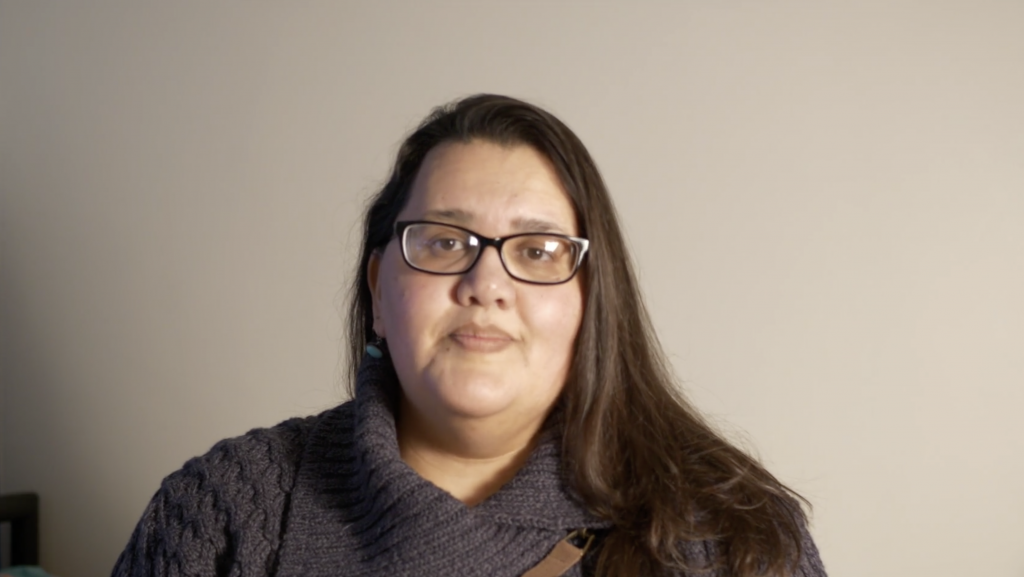6 Communication Technologies
6.0 Overview
Visit Audio Recordings for the audio version of this section.
This chapter aligns with Chapters 4 and 10 of the PMBOK and 18% of the CAPM questions come from this knowledge area. The content connects to the Planning, Executing and Monitoring & Controlling category of the PMP questions.
Almost by definition, projects require teamwork, and team members must communicate with each other for a variety of reasons and by a number of possible methods. For instance, team members frequently need to update each other on their progress and may employ communication methods such as email, project management software, or social media. Available technology can greatly facilitate such tasks and assure timely and accurate communication between team members.
Such technologies include:
- Communication technologies
- Short Message Services (SMS), commonly referred to as texting
- Video conferencing and chat services, like Skype
- Blogs and wikis, like WordPress and Mediawiki
- Microblogging services like TwitterDocument and calendar sharing services like Google Docs
- Postal and shipping services
- Desktop software tools
- Microsoft Office or Open Office Suite
- Visual design and mockup software like Balsamiq
- Project management software like Microsoft Project or OpenProject
Choosing which communication resource(s) to use on any given project is a critical decision and should be driven by the needs of the project. Generally speaking, simple projects will require fewer communication resources, while larger, multifaceted projects may require more specialized or complex tools and software.
Software tools are constantly changing. Wikipedia maintains a relatively up-to-date listing of various project management programs and their features.
Designers Share Their Experiences
Dr. Rick Schwier – Emeritus Professor, Educational Technology and Design – University of Saskatchewan
With communication channels as they’ve changed over time, we have so many channels available to us, right. We have so many ways we can communicate with each other. And really, there’s no excuse not to, and to have rich communication with each other. Click here to access transcript.
Kristine Dreaver-Charles – Instructional Designer, Distance Education Unit – University of Saskatchewan
 Usually, I would email subject matter experts, quite often just trying to keep up with them, check in with them regularly, make sure that we’re on track for meetings and things like that. Click here to access transcript.
Usually, I would email subject matter experts, quite often just trying to keep up with them, check in with them regularly, make sure that we’re on track for meetings and things like that. Click here to access transcript.
Dr. Andy Gibbons – Instructional Psychology and Technology – BYU

- Well, we were training fairly technical subject matter, it was how to fly a helicopter and how to operate the sensitive electronic equipment in the back, sensors. So that the technologies that we were working with, that we were training people to use were very sophisticated technologies. Unfortunately, we had almost zero technologies. As a designer this was the 1975–76 time frame. The word “processor” was just being invented. We didn’t have word processors. Everything was typed by hand, by secretaries. We had an overworked secretary who was constantly typing things. And a lot of hand written documents had to pass. Our design document was typed, and if you made a mistake on a page you would have to re-type the whole page if it was a major mistake, or an addition. So sometimes the documents ended up looking kind of funny. You’d have a document with just a small paragraph at the top. What I’m trying to depict here is we didn’t even have the word processor. We didn’t even have the desktop publishing that we have today. We had video technology, but we didn’t have some of the video editing technologies that we have. So it was almost a razor blade kind of an operation where stuff would end up literally on the cutting room floor, tape would end up that way. Although we did, one of the things, the Navy did give us use of their editing base. So once we had identified the takes that we wanted to edit into our video materials, they—we could do a re-roll kind of thing. But it was, compared to the tools that we have today, if we had had the tools today, then, that we have today the project would have been made much easier. And frankly, my staff would have been cut by half if I had had word processing and design.

